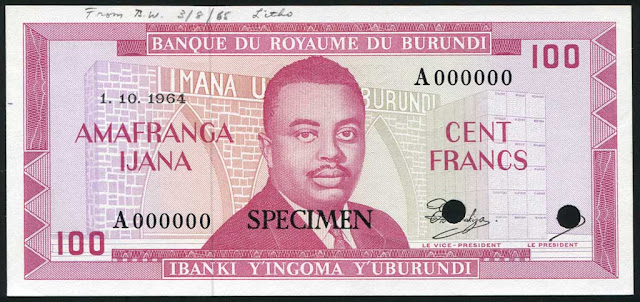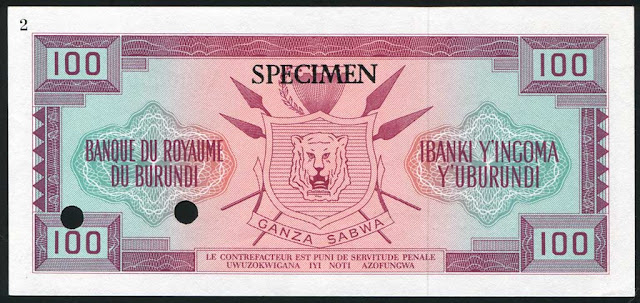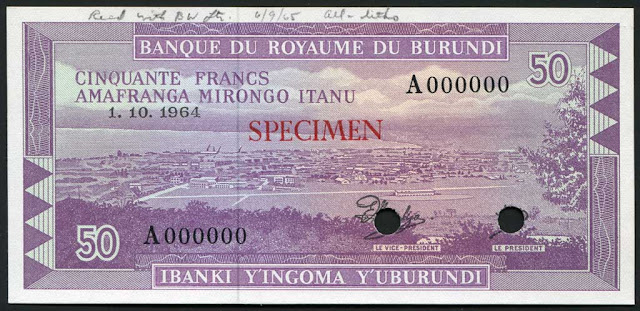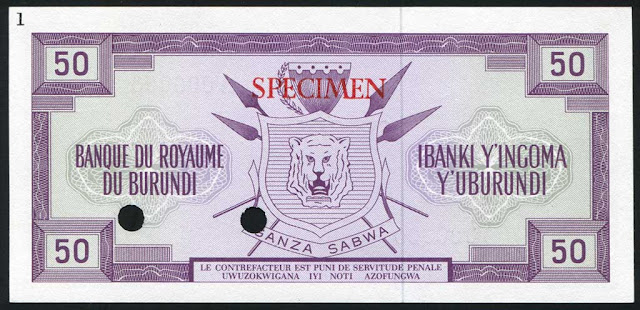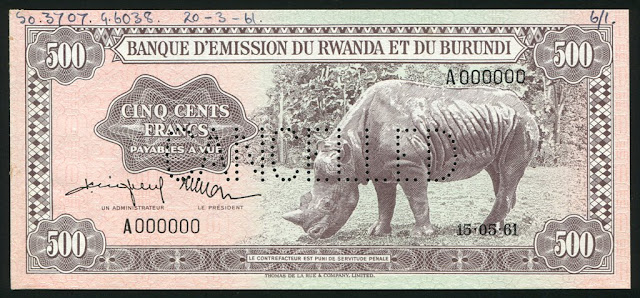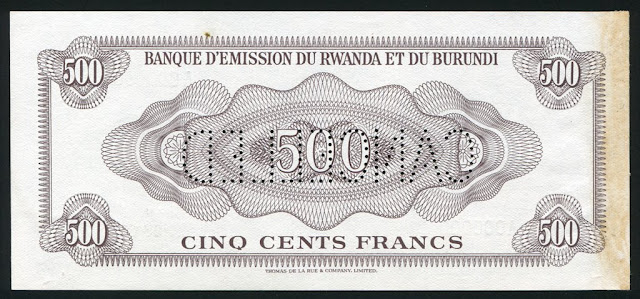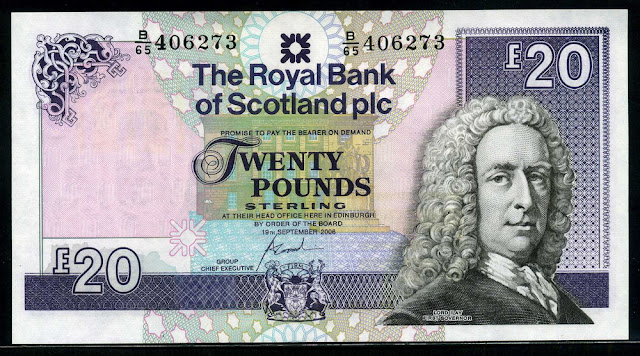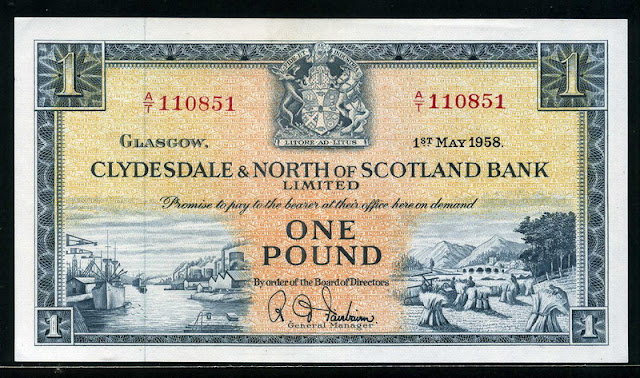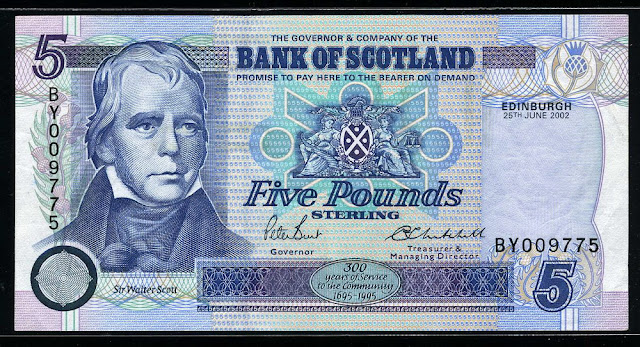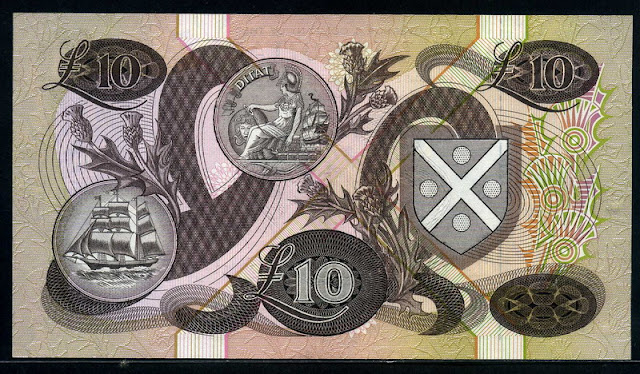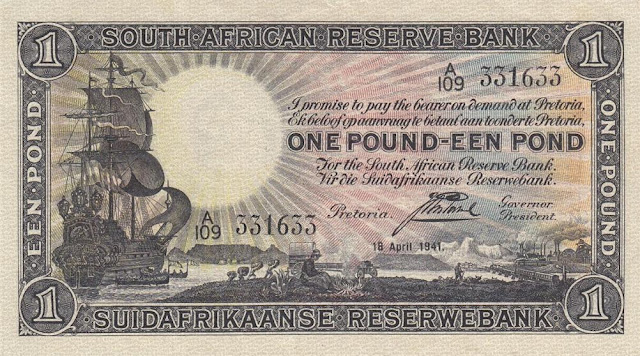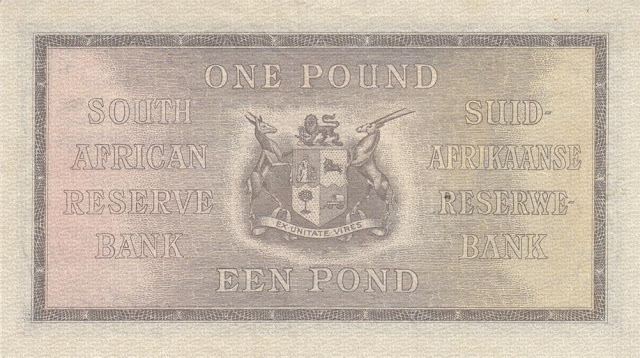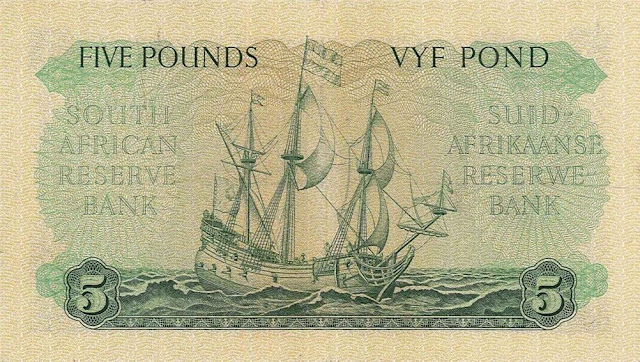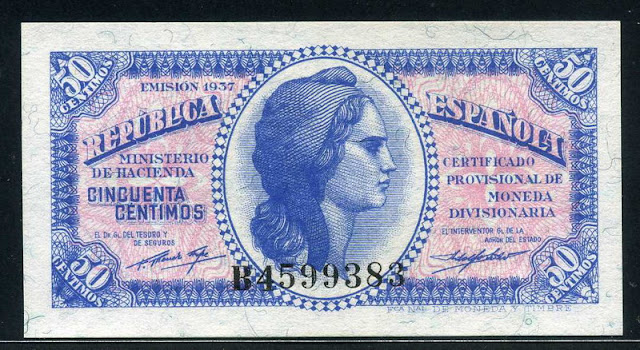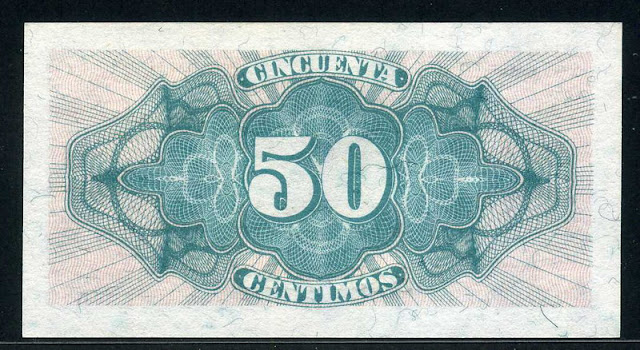Royal Bank of Scotland One Hundred Pound Note
 |
| The Royal Bank of Scotland banknotes 100 Pounds Note |
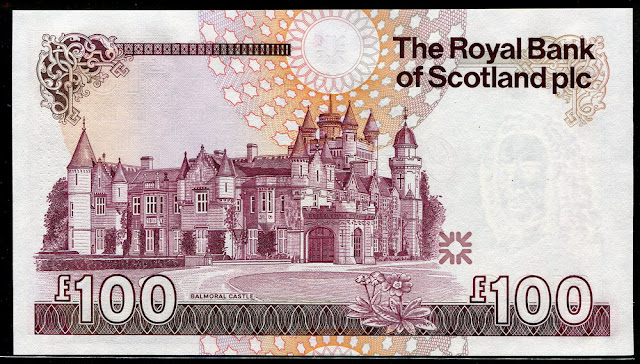 |
| Scottish banknotes 100 Pounds Sterling banknote |
The Royal Bank of Scotland 100 Pounds Note 1999
Scottish banknotes, Scottish paper money, Scottish bank notes, Royal Bank of Scotland banknotes, Royal Bank of Scotland paper money, Royal Bank of Scotland bank notes.
Obverse: Portrait of Lord Ilay (1682–1761), the first governor of the bank. The image is based on a portrait of Lord Ilay painted in 1744 by the Edinburgh artist Allan Ramsay. The front of the notes also include an engraving of the facade of Sir Laurence Dundas's mansion in St. Andrew Square, Edinburgh, which was built by Sir William Chambers in 1774 and later became the bank's headquarters, the bank's coat of arms and the 1969 arrows logo and branding.
Reverse: View of Balmoral Castle, the royal residence in Deeside. Balmoral was built in 1853 to replace an existing building. It was a great favourite of Queen Victoria and has provided successive Royal Families with a suitable location in which to enjoy periods of rest, relaxation and, above all, privacy.
The background graphic on both sides of the notes is a radial star design which is based on the ornate ceiling of the banking hall in the old headquarters building, designed by John Dick Peddie in 1857.
Royal Bank of Scotland Bank Notes - Lord Ilay series
Lord Ilay
Archibald Campbell, 3rd Duke of Argyll, 1st Earl of Ilay, brother of the 2nd Duke of Argyll (born June 1682, Ham House, Petersham, Surrey, England - died April 15, 1761, London) was a Scottish nobleman, politician, lawyer, businessman and soldier during the early Hanoverian period in Britain. He was known as Lord Archibald Campbell from 1703 to 1706, and as the Earl of Ilay from 1706 until 1743, when he succeeded to the dukedom. He was the dominant political leader in Scotland in his day, and was involved in many civic projects.
Campbell served in the army for a short time under the Duke of Marlborough, but he was appointed treasurer of Scotland in 1705 and the following year was one of the commissioners for negotiating the union of the two kingdoms, Scotland and England. Raised to the peerage of Scotland as Earl of Ilay, he was among the 16 Scottish peers chosen to sit in the first Parliament of Great Britain. He became a privy councillor in 1711, keeper of the privy seal of Scotland in 1721, and keeper of the Great Seal of Scotland in 1733. He played an important part in the movement led by Duncan Forbes of Culloden to promote Scottish loyalty to the Hanoverians by raising Highland regiments from among the Whig clans.
Succeeding his brother as duke in 1743, he rebuilt Inveraray castle and collected one of the most valuable private libraries in Great Britain. He died without legitimate issue, and the title descended to his cousin John Campbell, son of John Campbell of Mamore, second son of the 9th Earl of Argyll.
The Royal Bank of Scotland
The Royal Bank of Scotland plc (Scottish Gaelic: Banca Rìoghail na h-Alba, Scots: Ryal Baunk o Scotland, Welsh: Banc Brenhinol yr Alban) is one of the retail banking subsidiaries of The Royal Bank of Scotland Group plc, and together with NatWest and
Ulster Bank, provides banking facilities throughout the UK and Ireland. The Royal Bank of Scotland has around 700 branches, mainly in Scotland though there are branches in many larger towns and cities throughout England and Wales. The Royal Bank of Scotland and its parent, The Royal Bank of Scotland Group, are completely separate from the fellow Edinburgh based bank, the Bank of Scotland, which pre-dates The Royal Bank of Scotland by 32 years. The Bank of Scotland was effective in raising funds for the Jacobite Rebellion and as a result, The Royal Bank of Scotland was established to provide a bank with strong Hanoverian and Whig ties.
History
Foundation
The bank traces its origin to the Society of the Subscribed Equivalent Debt, which was set up by investors in the failed Company of Scotland to protect the compensation they received as part of the arrangements of the 1707 Acts of Union. The "Equivalent Society" became the "Equivalent Company" in 1724, and the new company wished to move into banking. The British government received the request favourably as the "Old Bank", the Bank of Scotland, was suspected of having Jacobite sympathies. Accordingly, the "New Bank" was chartered in 1727 as the Royal Bank of Scotland, with Archibald Campbell, Lord Ilay, appointed its first governor.
On 31 May 1728, the Royal Bank of Scotland invented the overdraft, which was later considered an innovation in modern banking. It allowed William Hogg, a merchant in the High Street of Edinburgh, access to £1,000 (£120,791 in today's value) credit.
Competition with the Bank of Scotland
Competition between the Old and New Banks was fierce and centred on the issue of banknotes. The policy of the Royal Bank was to either drive the
Bank of Scotland out of business, or take it over on favourable terms.
The Royal Bank built up large holdings of the Bank of Scotland's notes, which it acquired in exchange for its own notes, then suddenly presented to the Bank of Scotland for payment. To pay these notes, the Bank of Scotland was forced to call in its loans and, in March 1728, to suspend payments. The suspension relieved the immediate pressure on the Bank of Scotland at the cost of substantial damage to its reputation, and gave the Royal Bank a clear space to expand its own business — although the Royal Bank's increased note issue also made it more vulnerable to the same tactics.
Despite talk of a merger with the Bank of Scotland, the Royal Bank did not possess the wherewithal to complete the deal. By September 1728, the Bank of Scotland was able to start redeeming its notes again, with interest, and in March 1729, it resumed lending. To prevent similar attacks in the future, the Bank of Scotland put an "option clause" on its notes, giving it the right to make the notes interest-bearing while delaying payment for six months; the Royal Bank followed suit. Both banks eventually decided that the policy they had followed was mutually self-destructive and a truce was arranged, but it still took until 1751 before the two banks agreed to accept each other's notes.
Scottish expansion
The bank opened its first branch office outside Edinburgh in 1783 when it opened one in Glasgow. Further branches were opened in Dundee, Rothesay, Dalkeith, Greenock, Port Glasgow, and Leith in the first part of the nineteenth century.
In 1821, the bank moved from its original head office in Edinburgh's Old Town to Dundas House, on St. Andrew Square in the New Town. The building as seen along George Street forms the eastern end of the central vista in New Town. It was designed for Sir Lawrence Dundas by Sir William Chambers as a Palladian mansion, completed in 1774. An axial banking hall (Telling Room) behind the building, designed by John Dick Peddie, was added in 1857; it features a domed roof, painted blue internally, with gold star-shaped coffers. The banking hall continues in use as a branch of the bank, and Dundas House remains the registered head office of the bank to this day.
The rest of the nineteenth century saw the bank pursue mergers with other Scottish banks, chiefly as a response to failing institutions. The assets and liabilities of the Western Bank were acquired following its collapse in 1857; the Dundee Banking Company was acquired in 1864. By 1910, the Royal Bank of Scotland had 158 branches and around 900 staff.
In 1969, the bank merged with the
National Commercial Bank of Scotland to become the largest clearing bank in Scotland.
Expansion into England
The expansion of the British Empire in the latter half of the nineteenth century saw the emergence of London as the largest financial centre in the world, attracting Scottish banks to expand southward into England. The first London branch of the Royal Bank of Scotland opened in 1874. However, English banks moved to prevent further expansion by Scottish banks into England; and, after a government committee was set up to examine the matter, the Scottish banks chose to drop their expansion plans. An agreement was reached, under which English banks would not open branches in Scotland and Scottish banks would not open branches in England outside London. This agreement remained in place until the 1960s, although various cross-border acquisitions were permitted.
The Royal Bank's English expansion plans were resurrected after World War I, when it acquired various small English banks, including London-based Drummonds Bank (in 1924); Williams Deacon's Bank, based in northwestern England (in 1930); and Glyn, Mills & Co. (in 1939); the latter two were merged in 1970 to form Williams and Glyn's Bank, but not rebranded as the Royal Bank of Scotland until 1985.
The Royal Bank of Scotland Banknotes
Up until the middle of the 19th century, privately owned banks in Great Britain and Ireland were permitted to issue their own banknotes, and money issued by provincial Scottish, English, Welsh and Irish banking companies circulated freely as a means of payment. While the Bank of England eventually gained a monopoly for issuing banknotes in England and Wales, Scottish banks retained the right to issue their own banknotes and continue to do so to this day. The Royal Bank of Scotland, along with Clydesdale Bank and Bank of Scotland, still prints its own banknotes
Notes issued by Scottish banks circulate widely and may be used as a means of payment throughout Scotland and the rest of the United Kingdom; although they do not have the status of legal tender they are accepted as promissory notes. It should be noted that no paper money is legal tender in Scotland, even that issued by the
Bank of England (which is legal tender in England and Wales).
The "Ilay" series (1987)
The current series of Royal Bank of Scotland notes was originally issued in 1987. On the front of each note is a picture of Lord Ilay (1682–1761), the first governor of the bank. The image is based on a portrait of Lord Ilay painted in 1744 by the Edinburgh artist Allan Ramsay.
The front of the notes also include an engraving of the facade of Sir Laurence Dundas's mansion in St. Andrew Square, Edinburgh, which was built by Sir William Chambers in 1774 and later became the bank's headquarters, the bank's coat of arms and the 1969 arrows logo and branding. The background graphic on both sides of the notes is a radial star design which is based on the ornate ceiling of the banking hall in the old headquarters building, designed by John Dick Peddie in 1857.
On the back of the notes are images of Scottish castles, with a different castle for each denomination:
Current issue in circulation are:
1 pound note featuring Edinburgh Castle
5 pound note featuring Culzean Castle
10 pound note featuring Glamis Castle
20 pound note featuring Brodick Castle
50 pound note featuring Inverness Castle (introduced in 2005)
100 pound note featuring Balmoral Castle
